Abdominal diastasis recti: Cause, Symptoms, Treatment & Exercise
Diastasis recti (rectus diastasis) or divarication of the recti is a stretching of the linea alba with abnormal widening of the gap between the 2 medial sides of the rectus abdominis muscle (increased inter-recti distance).
“Diastasis recti” means belly sticks out because the space between your left & right belly muscles has widened. You might call it a “pooch.”
Table of Contents
Cause of Abdominal diastasis recti:
Diastasis recti is a common condition in pregnant & postpartum people. It happened when the rectus abdominis muscles (six-pack ab muscles) separate during pregnancy from being stretched, separation can make a person belly stick out or bulge for months or years postpartum. It will be repaired with special exercises that help to close the separation.
Diastasis recti commonly develops in the third trimester.
Pregnancy puts a lot of pressure on abdomen. The abdomen is made up of left & right ab muscles & a thin band of connective tissue (linea alba) in between. They are pushed outward & stretched to make room for the growing baby. Diastasis recti occurs when the linea alba is a overstretched & does not come back together. The left & right sides of the abdominals stay separated. It’s also known as an “ab gap” or abdominal separation.
Symptom of Abdominal diastasis recti:
Diastasis recti is not painful. Person may feel pain which associated with some of the side effects of diastasis, but the ab separation itself doesn’t hurt. Person may feel weakness in core muscles when doing once easy tasks, like lifting a laundry basket.
General signs of diastasis recti during the postpartum period are-
A visible bulge or “pooch” that protrudes just above & below the belly button.
Softness or jelly-like feeling around belly button.
Coning or doming when you contract ab muscles.
Difficulty in lifting objects, walking or performing everyday tasks.
Pain during sex
Pelvic or hip pain
Low back pain
Poor posture mostly lordosis are the most common.
Urine leaking when you sneeze or cough
Constipation
Feeling weak in your abdominals or Rectus abdominis muscle pain
Diagnosis:
DR can occur above the belly button, below the belly button & at the belly button.
Doctor will use their hands & fingers to feel the abdominal area for gaps and muscle tone.
An abdominal gap wider than 2 cms is considered diastasis recti.
DR is also measured in finger widths, for ex- 2 or 3 fingers’ separation.
Doctor may also use ultrasound, measuring tape or a tool called a caliper for a more accurate measurement.
Self diagnosis of Diastasis recti:
Steps-
Lie down on your back with your knees bent & feet on the floor.
Place your fingertips just below the belly button in the middle.
Bring your head & shoulders up into a sit up or crunch. In some women, you may actually just see a bulge in the middle when you do a sit up.
If you can feel a separation of 2 finger widths or more, schedule an appointment with your primary care physician, Obgyn or physical therapist for a definitive diagnosis.
Treatment of Abdominal diastasis recti:
Surgical Methods:
Three different surgical approaches were used:
complete laparoabdominoplasty
laparominiabdominoplasty
minimally invasive (endoscopic) technique
Physiotherapy Treatment of Abdominal diastasis recti:
Exercises plays an important role in maintaining integrity of abdominal & pelvic floor muscles after postpartum.
During pregnancy abdominal & pelvic floor muscles are weaken, to regain its integrity exercises are necessary to strengthen the muscles.
Exercises are designed in such a particular manner that patient has to follow step wise in a progressive way.
Exercises:
Breathing Exercises-
During pregnancy, the diaphragm is displaced upwards approx. Five cms to accommodate for the increasing size of the uterus. As a result, the work placed on the diaphragm increases & compensatory strategies such as increased accessory muscle recruitment are adopted.
Given the changes to the diaphragm during pregnancy, it is recommended that during the prenatal, early post-partum & late-postpartum periods, a tension-free diaphragmatic breathing pattern might be adopted. This means that during inhalation, the diaphragm should descend downward & the lateral costal rib cage should expand outward.
To facilitate this breathing pattern, the following breathing exercises can be empathized:
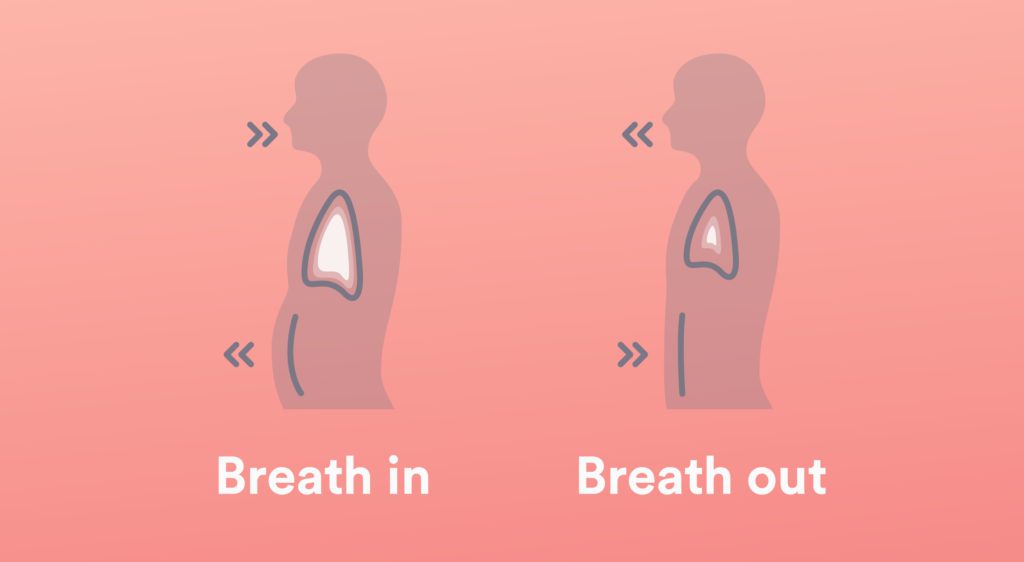
Position an individual in a supine position with their knees bent. A pillow is placed under the knees for support. Have the individual place one hand on their chest & one hand over the apex (highest point) of the abdomen. Instruct the individual to breathe into their hand with short and shallow breaths. The individual should only feel their hand rise at their abdomen & not at their chest. Encourage inhalation through the nose & exhalation through the mouth. Alternatively, instruct the individual to “sniff” into their hand on their abdomen is a cue that can be used to encourage diaphragmatic breathing. The individual can practice this technique for 5-10 minutes at a time, 1-4 times per day by gradually building up their tolerance.
- Lateral Costal Breathing:
Position an individual in a supine position with their knees bent. A pillow is placed under the knees for support. Have the individual place hands on the sides of their ribcage. Instruct the individual to take a deep breath through their nose & expand their ribcage into their hands. After inhalation, tell individual exhale slowly through their mouth. The individual can practice this technique for 5-10 minutes at a time, 1-4x/ day by gradually building up their tolerance.
Abdominal and Pelvic floor exercises:
- Transverse abdominis activation-
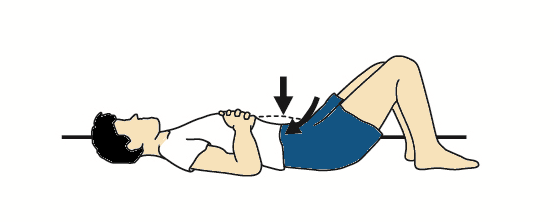
While lying on your back with your knees bent draw your belly button in towards your spine. Contract your stomach muscles (as if coughing/sneezing) and hold this position.
Repeat 10 Times
Hold 3 Seconds
Complete 3 Sets
Perform 2 Time(s) a Day
When this become easy & pain free, move on to #2 exercise
- Brace heel side-
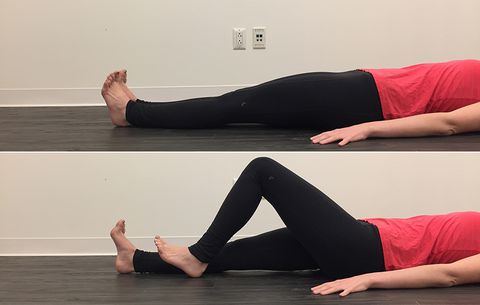
While lying on your back with your knees bent, perform the transverse abdominis contraction as outlined in and slowly slide your heel forward on the floor/bed & then slide it back. Use your stomach muscles to keep your spine from moving. Hold this position for few seconds.
Repeat 10 Times
Complete 3 Sets
Perform 2 Time(s) a Day
When this become easy & pain free, move on to #3
- Brace marching-
While lying on your back with your knees bent, perform the transverse abdominis contraction as outlined in. Slowly raise up one foot a few inches & then set it back down. Next,perform on your other leg. Use your stomach muscles to keep your spine from moving.
Repeat 10 Times
Complete 3 Sets
Perform 1 Time(s) a Day
When this become easy & pain free, move on to #4
- Brace-single knee extension-
While lying on your back with knees bent, perform the transverse abdominis contraction as outlined in #1. Slowly straighten out one knee while keeping the leg off the ground. Hold as indicated, then return to original position. Next, perform on the other leg. Keep your stomach muscles contracted.
Repeat 10 Times
Complete 3 Sets
Perform 1 Time(s) a Day
When this become easy & pain free, move on to #5 and continue
(make sure once you get able to achieve upper mentioned exercises then move froward)
- Quadruped transverse abdominis contraction-
In hands and knees with the hands under the shoulders 7the knees under the hips, draw your belly button in towards your spine. This is slightly more difficult than the other exercises as you’re pulling up against gravity
Repeat 10 Times
Hold 5 Seconds
Complete 3 Sets
Perform 1 Time(s) a Day
- Hip adduction sqeeze supine-
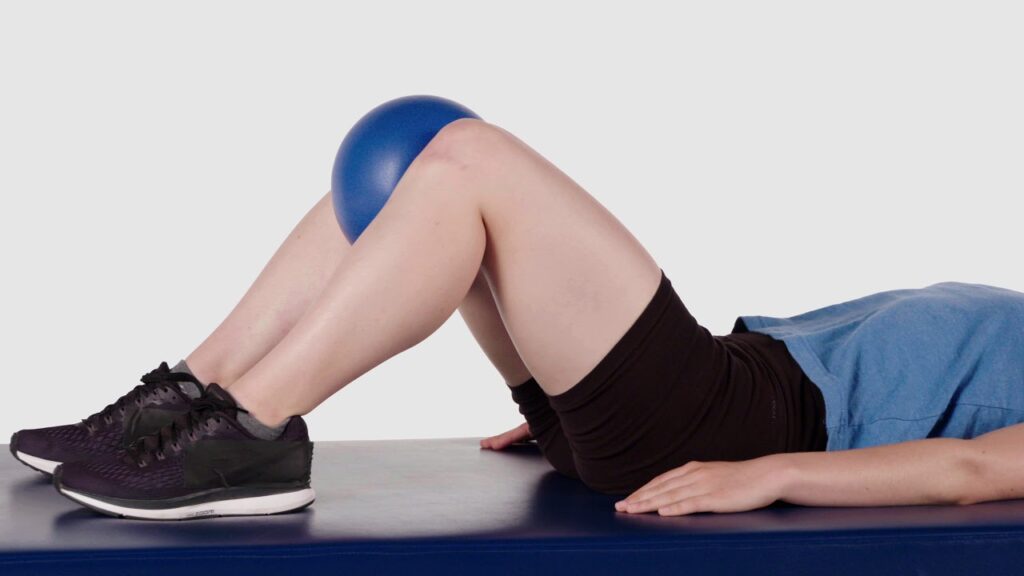
Perform a transvers abdominis contraction as outlined in #1. Place a rolled up towel, ball or pillow between your knees and press your knees together so that you squeeze the object firmly while maintaining a tight TA.
Repeat 10 Times
Hold 5 Seconds
Complete 3 Sets
Perform 1 Time(s) a Day
- Seated transverse abdominis contraction-
Sit up nice & tall and contract your TA by pulling your belly button towards your spine. Get creative – can be done while driving!
Repeat 10 Times
Hold 5 Seconds
Complete 3 Sets
Perform 1 Time(s) a Day
- Wall push ups-

Standing at a wall, place your arms out in front of you with your elbows straight so that your hands just reach the wall. Perform TA contraction by pulling your belly button towards your spine & bracing your abdominal muscles. Next, bend your elbows slowly to bring your chest closer to the wall. Maintain your feet planted on the ground the entire time
Repeat 10 Times
Complete 3 Sets
Perform 1 Time(s) a Day
- Wall squats-

Perform TA muscle activation as indicated in #1. Lean up against a wall or closed door on your back & slide your body downward. Return back to
upright position.
Repeat 10 Times
Complete 3 Sets
Perform 1 Time(s) a Day
Abdominal supports:
External support, such as abdominal binding, should not be recommended as a primary rehabilitation technique for DR to avoid reliance, there might be benefits to its use, coupled with exercise, in specific cases.
For example, abdominal binding can provide additional support & comfort, and can help with cueing and proprioception for women in the early postpartum period & can increase patients’ confidence when attempting to activate or contract the abdominal muscles.
Generally non-elastic binders result in a greater likelihood of an increase in intravesical pressure, or pressure of urine in the bladder. Therefore, it’s important to note that if abdominal binders are prescribed or suggested, elastic binders are more likely to promote recovery than non-elastic binders. Additionally, elastic wraps allow for greater movement & are less likely to restrict breathing.
If an abdominal wrap or binding is going to be used, it should be initiated immediately postpartum & worn for support for approximately 8 weeks, or until the patient has the ability to form tension in the inner unit during activity. External support should always be used in conjunction with inner unit activation & exercises to regain control & co-activation of the inner unit muscles. Additionally, abdominal bindings should always be wrapped from the bottom up to avoid an increase in pressure on the uterus & pelvic organs, which can cause downward descent or prolapse of the pelvic organs. The abdominal wrap should offer light compression or gentle hugging as too much compression can increase intra-abdominal pressure.

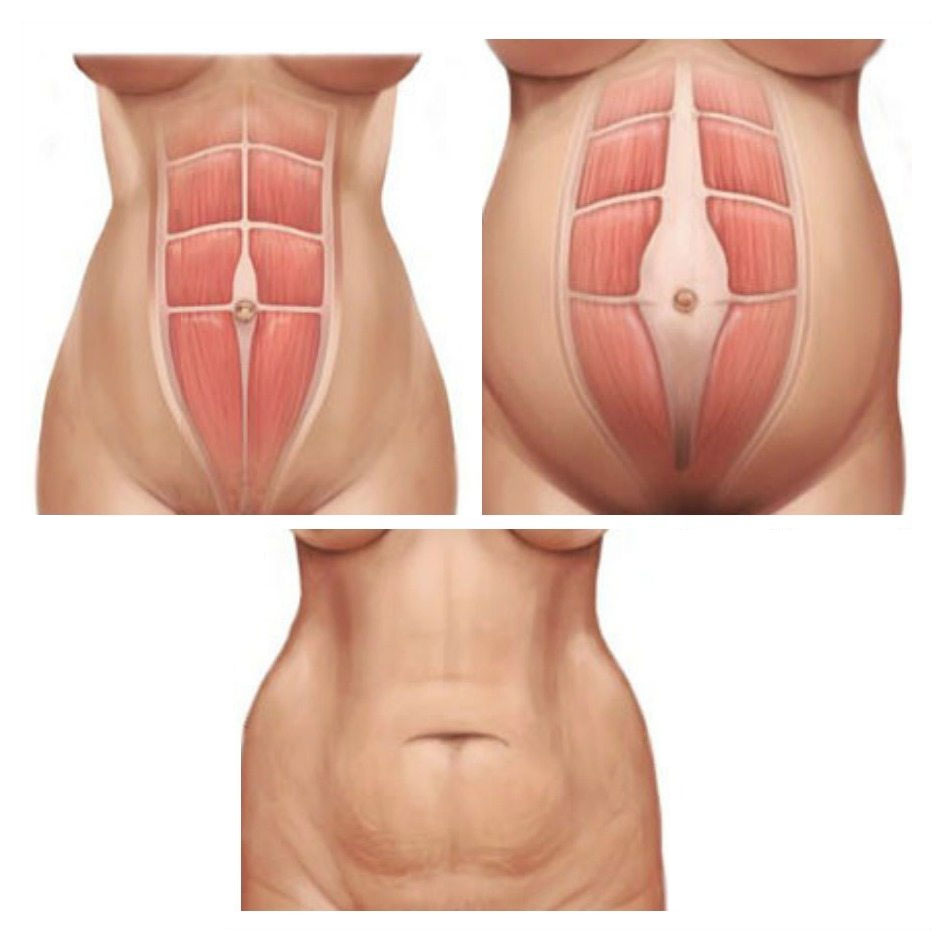
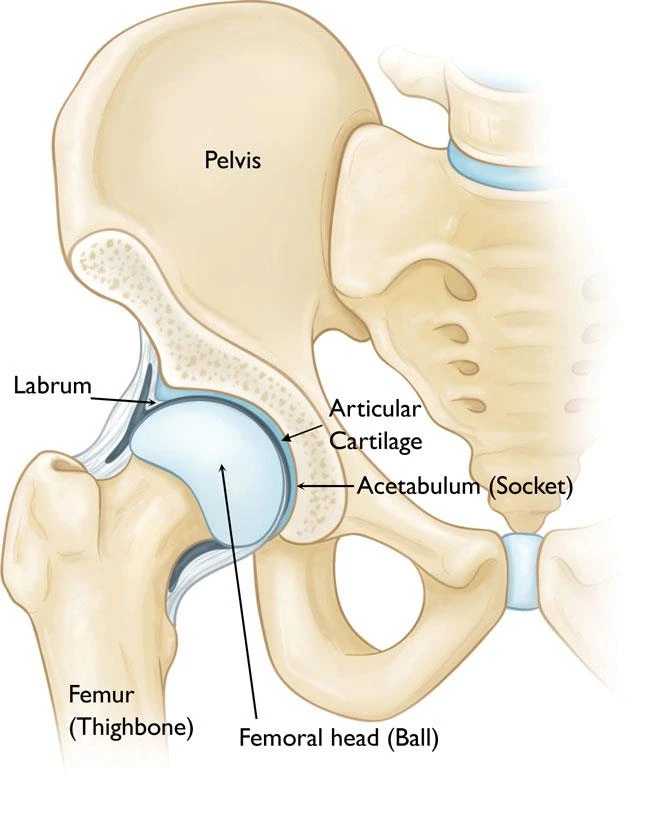
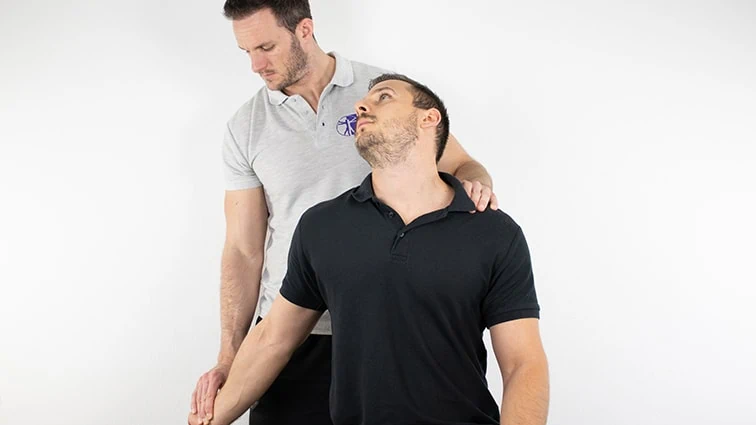
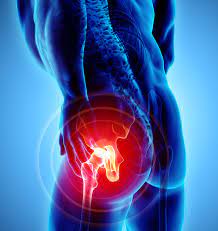
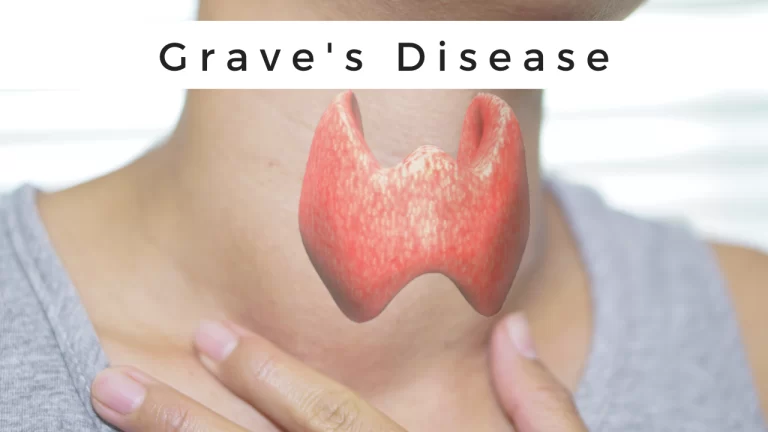


7 Comments